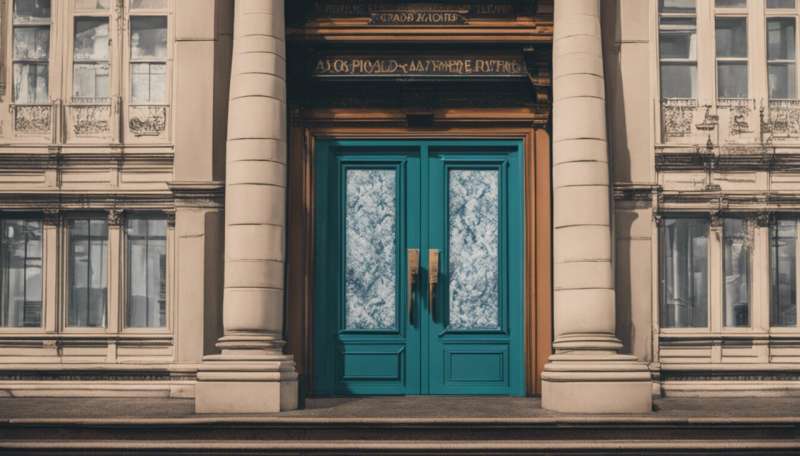Social media could open doors for studying memory, study finds

Researchers in the Brain Bridge Lab at UChicago have found that personal moments captured via social media allowed them to map out a multidimensional topography of memory—and it could open up new venues for exploring memory.
Wilma Bainbridge, an Assistant Professor in the Department of Psychology and principal investigator at the lab, has used the 1 Second Everyday video diary app herself since 2013. It inspired her to use the app to study memory, as it could overcome some of the limitations of traditional research. The results are published in Nature Communications.
"Most memory experiments have you come into the lab, you see some pictures, and you're tested on your memory for those pictures maybe five minutes later," Bainbridge says. "Usually, these pictures are not very meaningful to you and we're testing short timescales. But what I realized is that social media presents this really exciting new opportunity to look at memory at long timescales—and they're really naturalistic and meaningful memories."
When the research team on the memory study used the app—which prompts users to record a one-second video each day—they were specifically interested in the question of time, and how the time of when the memory was first made is represented in the brain. They recruited 23 study participants through the app itself, most of whom had been using the app for an average of four or more years.
The researchers performed MRI brain scans on the study participants as they watched their own recorded memories, along with those from other users. This allowed the team to isolate where the brain was activated by personal memories, versus another's user's videos. While a stranger's video may be bright and exciting, activating certain parts of the brain related to visual stimuli, it won't activate the memory parts of the brain for someone who didn't create that video or memory.
What the researchers found was a memory content map in the medial parietal cortex of the brain, which has sub-regions sensitive to different types of information about the memory. They found a region sensitive to how familiar the people or places in the videos were, along with how strong the memory was. They also found a sub-region related to the time of the memory that—to their knowledge—hadn't been found before.
"One second was often enough to elicit a strong memory for the entire event," Bainbridge says. "And even though our question was about time, these videos are of natural memories, which means they also contain all this other information like where you are, who was in the videos, and your emotions for the videos."
Bainbridge says that many people thought memories would be represented in a way that couldn't be tracked via MRI, that different neurons that are dispersed throughout the brain cooperate to form a memory. "We were really surprised to see these localized maps or regions for these different types of information," she says. "So, this could potentially change how we think about the neuroscience of memory from here on out."
The second main takeaway from the study is that social media presents a new way to look at memory that hasn't been used in research before. In traditional studies, using just photographs that are not meaningful to a person only allows researchers to manipulate one thing at a time, like whether the photograph is emotional, or has a face in it. Media created by the individual themselves, however, can evoke emotion, time, location, and other memory content all at once. This could allow future research on topics such as memory disorders, or how encoding something for the first time differs from recalling that memory later.
The Brain Bridge Lab plans to use the 1 Second Everyday app to explore how the content a user chooses to record influences their memory of that day. For example, there are generally two different ways users record memories on the app: Some people track an entity growing over time—such as children or pets—while others record something very different each day. The team is looking to explore how recording something unique versus something constant influences memory.
Bainbridge says there are researchers at the University of Toronto who are exploring whether having Alzheimer's patients record and watch their own videos can help them boost their memory. "You can imagine apps like this can help us to understand memory, improve memory, and maybe help us take a different angle to how we approach memories of our own lives," she says.
More information: Wilma A. Bainbridge et al, Multidimensional memory topography in the medial parietal cortex identified from neuroimaging of thousands of daily memory videos, Nature Communications (2022). DOI: 10.1038/s41467-022-34075-1



















